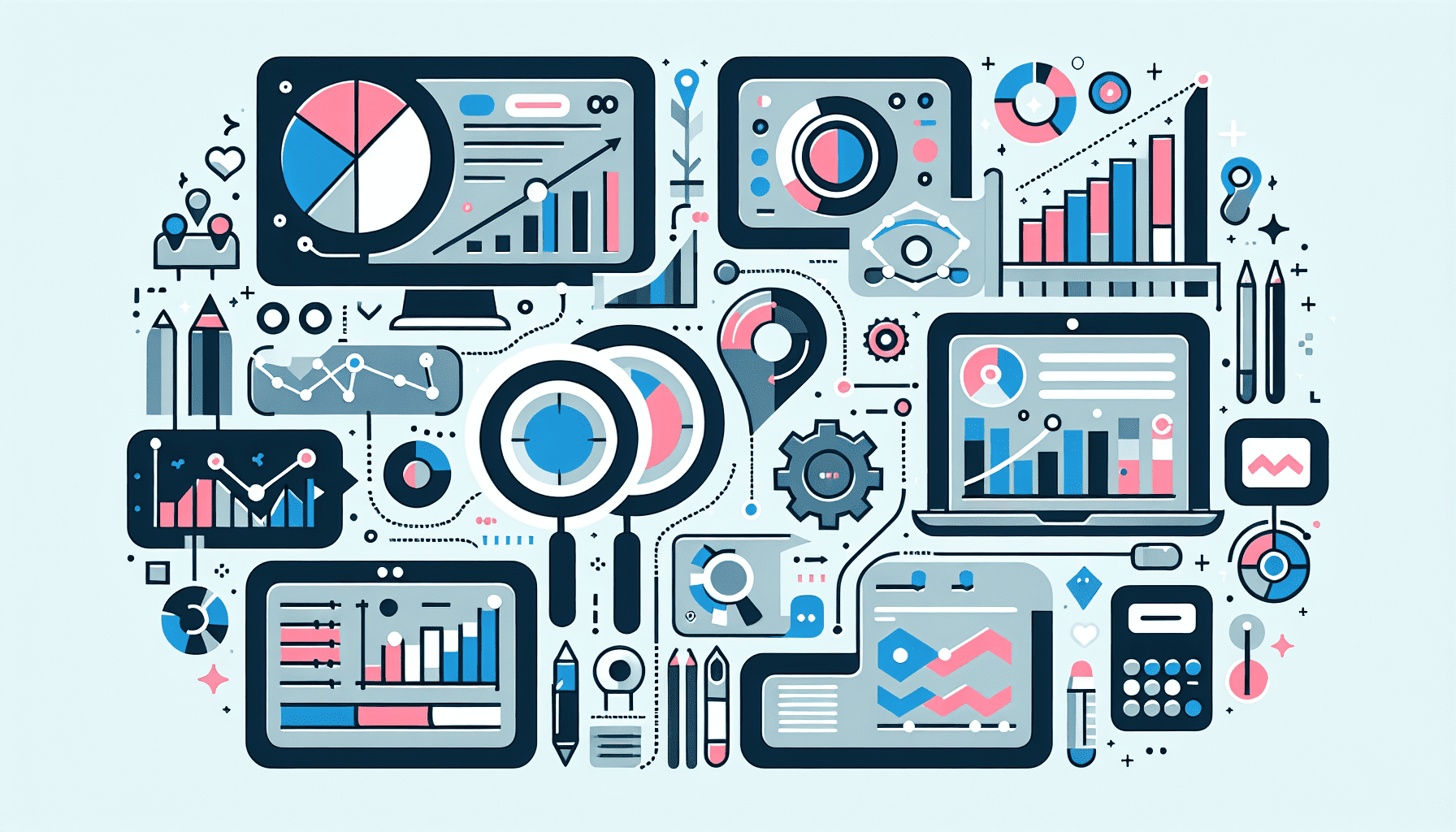Data Analytics Tools

Briefly Summarized
- Data analytics tools are software applications designed to process and analyze large datasets to extract meaningful insights.
- These tools can handle various forms of data, from structured numerical data to unstructured text, images, and more.
- They often feature capabilities such as data visualization, statistical analysis, predictive modeling, and machine learning.
- The choice of a data analytics tool can depend on factors like the size and complexity of the data, the user's technical expertise, and the specific needs of a project or organization.
- Prominent examples of data analytics tools include Microsoft Excel, Python, R, Tableau, and Power BI.
Data analytics tools are essential in the modern data-driven world, where organizations rely on data to make informed decisions. These tools help analysts and data scientists break down complex data sets into actionable insights, a process that has roots in ancient mathematics and logic, as well as in the scientific methods of historical figures like Alhazen and Isaac Newton.
Introduction to Data Analytics Tools
Data analytics tools are the backbone of data analysis, enabling users to sift through vast amounts of data to find trends, patterns, and correlations. With the exponential growth of data, these tools have become more sophisticated, incorporating advanced algorithms and machine learning techniques to provide deeper insights.
Types of Data Analytics Tools
Data analytics tools come in various forms, each with its unique strengths and use cases:
- Spreadsheets: Tools like Microsoft Excel are widely used for their simplicity and versatility in handling small to medium-sized datasets.
- Statistical Software: R and Python are programming languages with extensive libraries for statistical analysis and data manipulation.
- Business Intelligence (BI) Platforms: Power BI, Tableau, and Qlik offer powerful visualization and dashboard capabilities for business users.
- Big Data Processing: Apache Spark is known for its ability to process large-scale data across clusters.
- Data Mining and Machine Learning: RapidMiner and KNIME provide platforms for advanced analytics, including predictive modeling and machine learning.
Choosing the Right Data Analytics Tool
Selecting the appropriate tool depends on several factors:
- Data Size and Complexity: Larger datasets require more robust tools with high processing power.
- User Expertise: Some tools require programming knowledge, while others are more user-friendly with drag-and-drop interfaces.
- Specific Needs: The nature of the analysis—whether it's for reporting, predictive analytics, or real-time monitoring—will influence the choice of tool.
Features of Data Analytics Tools
A comprehensive data analytics tool typically offers:
- Data Cleaning and Preparation: Essential for ensuring data quality before analysis.
- Data Visualization: Charts, graphs, and dashboards to represent data findings visually.
- Statistical Analysis: Functions to perform regressions, hypothesis testing, and other statistical methods.
- Predictive Analytics: Using historical data to predict future trends.
- Machine Learning: Automating data analysis through algorithms that improve over time with data.
The Evolution of Data Analytics Tools
Data analytics tools have evolved from simple charting and graphing utilities to complex systems capable of handling big data and real-time analytics. The integration of artificial intelligence and machine learning has further expanded their capabilities, allowing for more accurate predictions and insights.
The Future of Data Analytics Tools
The future of data analytics tools lies in further integration with AI and machine learning, increased accessibility through cloud-based platforms, and the continuous improvement of user interfaces to accommodate a broader range of users.
Conclusion

Data analytics tools are indispensable in extracting value from data. As data continues to grow in volume and complexity, these tools will become even more sophisticated, providing deeper insights and driving innovation across industries.
FAQs
Q: What are data analytics tools? A: Data analytics tools are software applications used to process and analyze data to extract insights and support decision-making.
Q: Can non-technical users work with data analytics tools? A: Yes, many modern data analytics tools are designed with user-friendly interfaces that non-technical users can utilize, though some tools may require a learning curve.
Q: Are data analytics tools only for large organizations? A: No, data analytics tools can be beneficial for organizations of all sizes, as they help make sense of data and inform decisions.
Q: How do I choose the right data analytics tool? A: Consider the size and complexity of your data, your technical expertise, and the specific analytics needs of your project or organization.
Q: Is it necessary to know programming to use data analytics tools? A: While some tools require programming knowledge, others do not. Tools like Excel, Power BI, and Tableau are more accessible to those without a programming background.
Sources
- Analytics
- The 11 Best Data Analytics Tools for Data Analysts in 2024
- Top 24 tools for data analysis and how to decide between them | Stitch
- The Best Data Analytics Tools Of 2024 – Forbes Advisor
- Top 10 Data Analytics Tools to learn in 2024 | Edureka
- 10 Data Analysis Tools and When to Use Them - Coursera
- 7 best data analytics tools to use in 2024 - ThoughtSpot
- The 28 Best Data Analytics Software Tools for 2024 - Solutions Review
- 7 Data Analysis Software Applications You Need to Know - Coursera
- Top Data Analytics Tools - Best Software For Data Analysts - Datapine
- Top 15 Data Analysis Tools For Managing Data Like A Pro